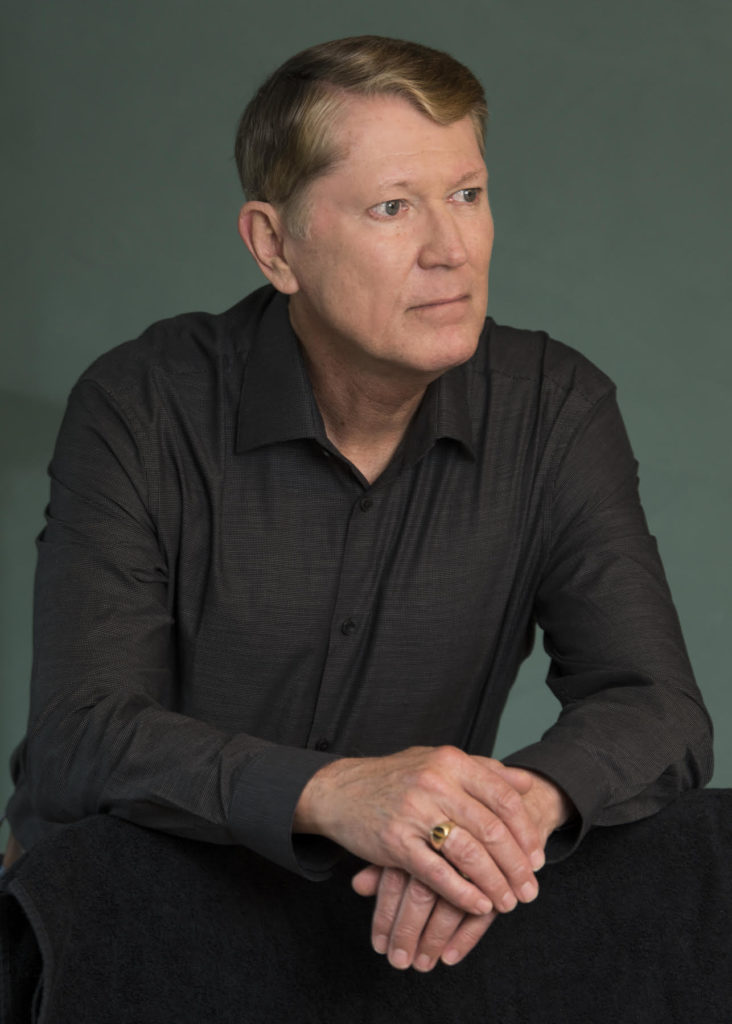FRESNO, Calif. — Fresno is one of the oldest and most identifiable Armenian-American communities and consequently it has been the setting for the literary efforts of a number of works dealing with Armenian-American life, most famously including the writings of William Saroyan and more recently the novels of Aris Janigian. Dr. Jerry M. Burger, a psychologist who retired last year after some four decades of teaching at Santa Clara University and prolific publishing in his field, has thrown his hat in the ring with his novel The Shadows of 1915, published by Golden Antelope Press this May (https://www.amazon.com/Shadows-1915-Jerry-Burger/dp/1936135728).
Set in 1953, it examines how the legacy of the Armenian Genocide poisons the life of the descendants of the survivors. The hero, Mihran Saropian, however, unlike his brother Arak, manages to struggle to overcome the memories of the past to find grounds for common humanity with contemporary Turks. Burger combines this theme with a love story between an Armenian and a non-Armenian, raising issues of identity and gender roles. There are also questions of the roles of immigrants, as the Saropian family, themselves refugees from another country, run a farm which employs largely Mexican labor, and many moral dilemmas.

While initially slow-moving, the interest of patient readers is rewarded in the latter part of the novel, as events move toward their climax. There are a few minor errors an Armenian speaker could have corrected, such as using “myrut” for mother (“mayr/myr”), and using phrases pronounced in Eastern Armenian when in 1953 probably most of the Armenians in Fresno were Western-Armenian speakers.
Burger grew up in Fresno, which provided him some first-hand knowledge for writing the novel. He did not grow up on a farm, but as a teenager, he would make some money by picking grapes at the end of the summer, and even scarred his left hand through a careless accident with a knife once. He also knocked almonds off trees.
Like everyone else growing up in Fresno at that time, he had a Saroyan encounter. Burger said, “He was kind of a local hero when I was growing up. When I was about 10-years-old, I was at a kite flying event. There was a very large kite — everybody made their own kites and they went out to this event — that a smaller kite had gotten tangled up with, so the small kite was being carried around by this larger kite. I was standing next to this man looking at this and the man started talking to me. He started giving human characteristics to the kite, how the large kite had these attributes and was thinking this and the small kite was… I thought the man was kind of crazy, so I went up to my mother later and said, you know, the man up there is kind of crazy and she said, no, no, he is not crazy, he is a writer.” Later, Burger’s cousin worked for Saroyan as a gardener. Burger collected many of Saroyan’s books, and now has around 50 of them.
Burger had many Armenian friends as a boy. There were two things about them that really stood out to him. He said, “The first was that every family, it seems, had a story, a story which of course tied back to the Armenian Genocide, and slowly I would find out that they all had lost relatives and loved ones. I found that fascinating. … The second thing that I learned was that the feelings toward Turks that all of my Armenian friends and every Armenian I encountered had were intense. … That it was a very strong emotional, I don’t know if hatred is the word, but it was in that realm. That fascinated me.”




